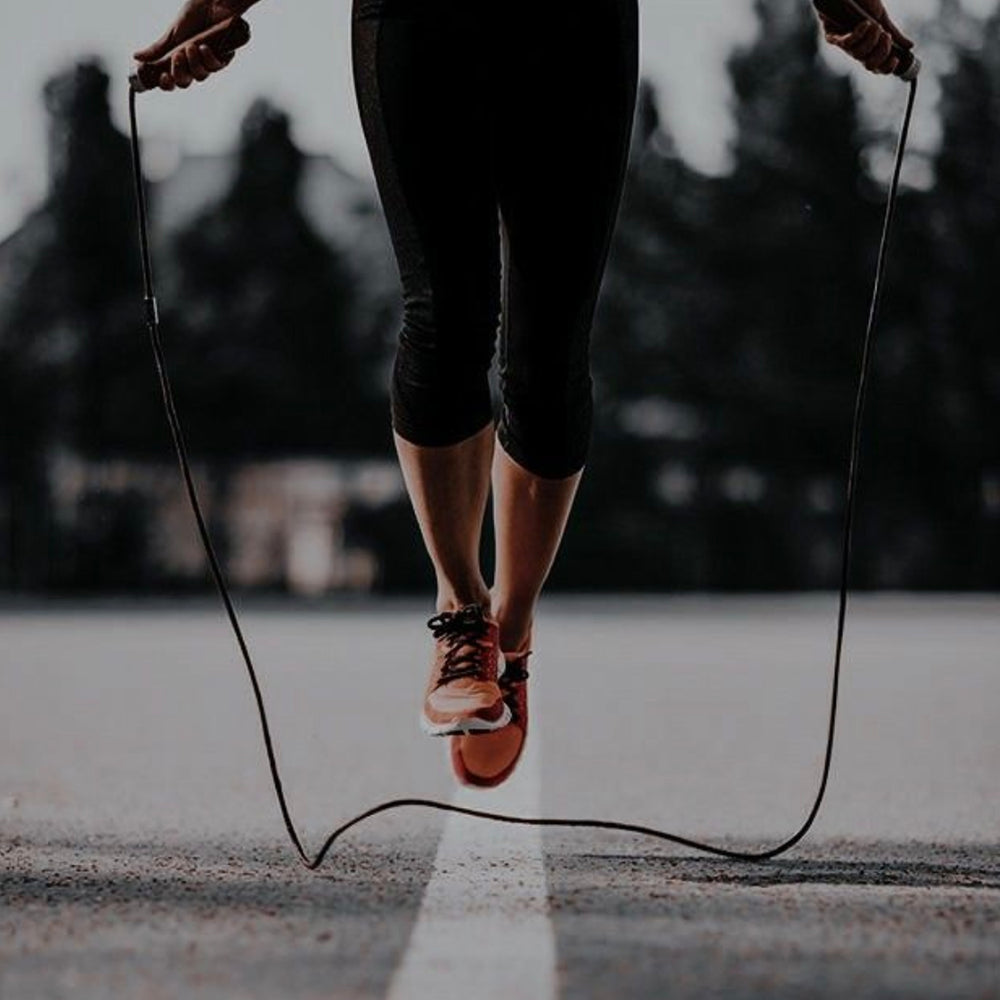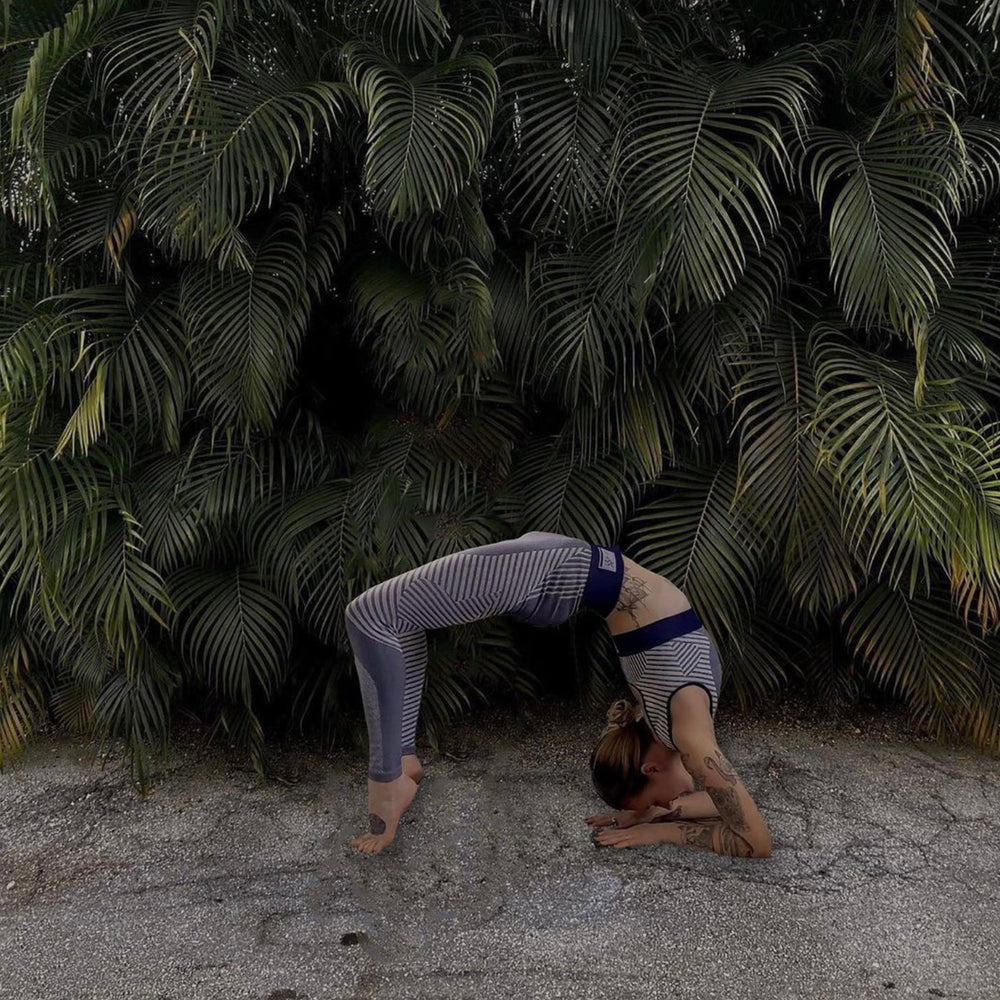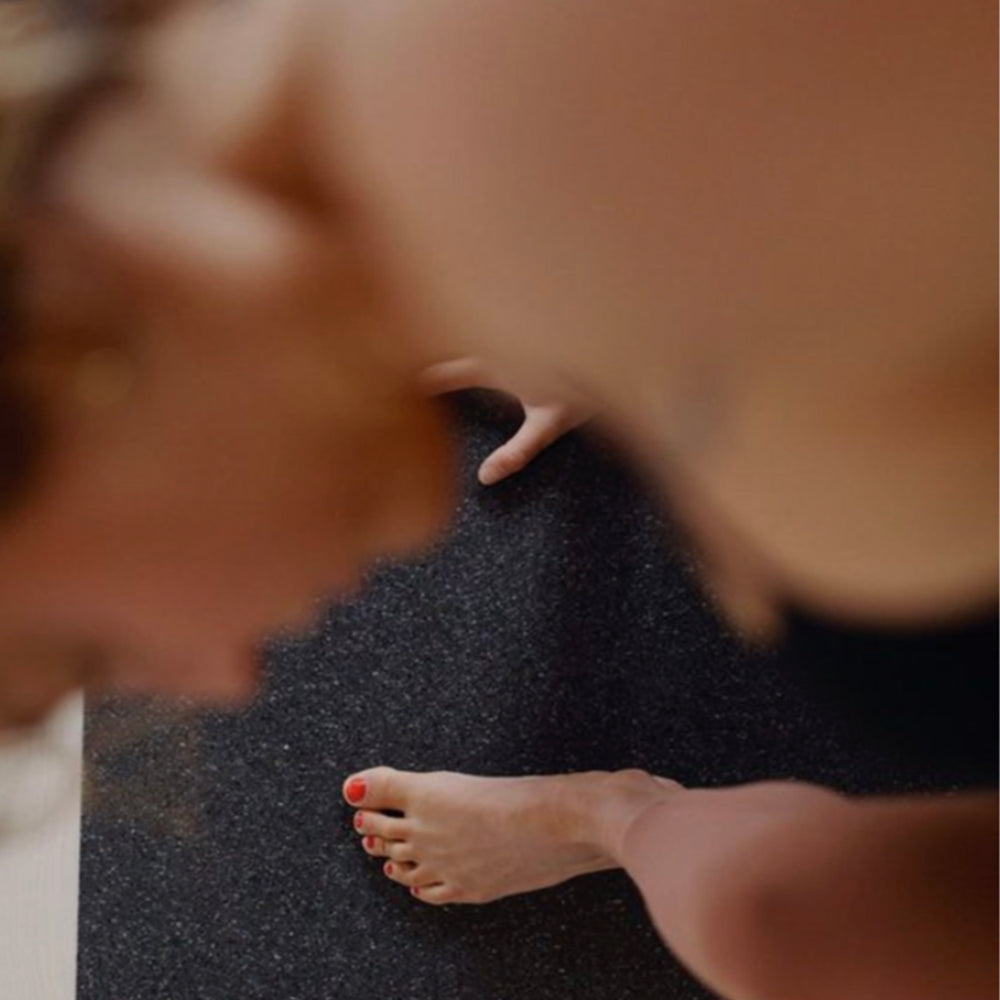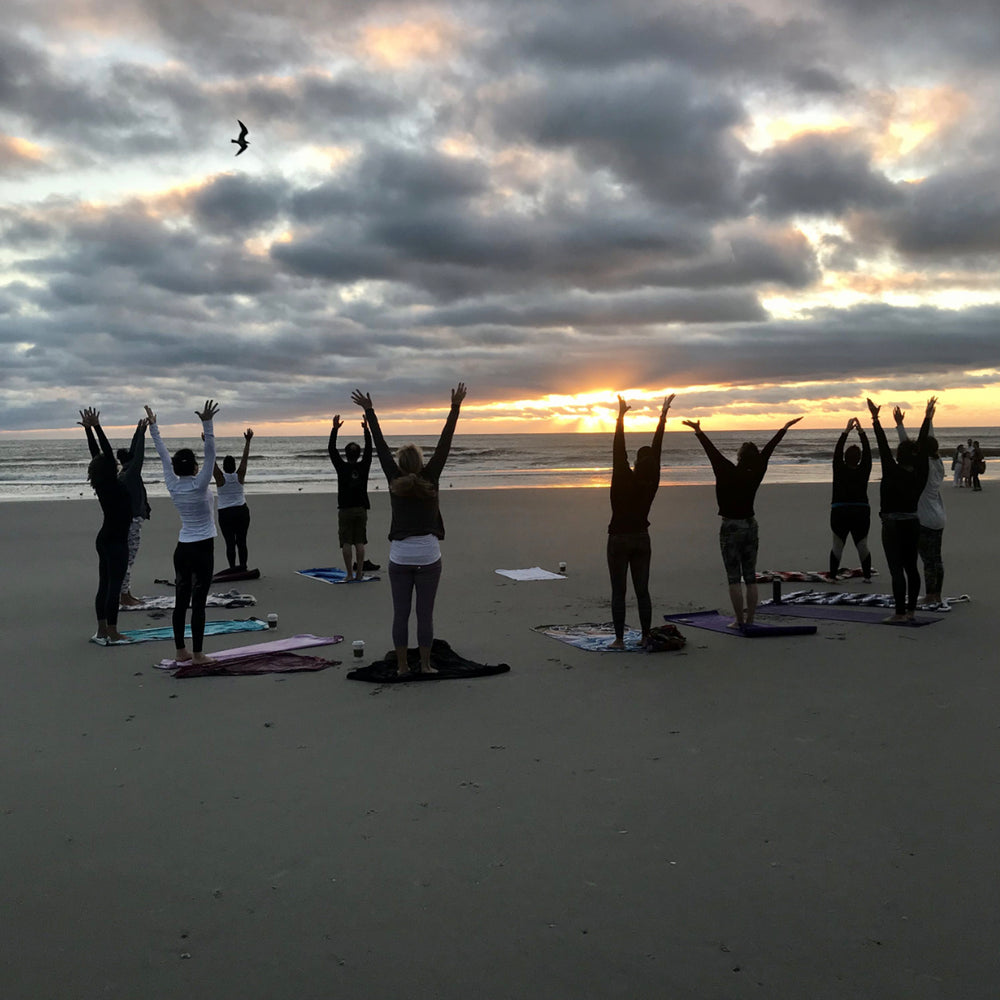 Back pain is a common ailment that affects people of all ages, often caused by poor posture, sedentary lifestyles, or physical strain. While various treatments are available, yoga offers a gentle and effective way to relieve back pain. This article explores therapeutic yoga practices specifically designed to reduce back pain, providing a holistic approach to healing and strengthening the back.
Understanding Back Pain and Yoga’s Role
Back pain can range from a dull, constant ache to a sudden, sharp sensation. Chronic back pain not only affects physical health but can also impact emotional well-being. Yoga, with its focus on alignment, stretching, and strengthening, can be a crucial tool in alleviating back pain. Its practices help to improve flexibility, enhance core strength, and reduce tension in the back muscles.
Yoga Poses for Back Pain Relief
1. Marjariasana-Bitilasana (Cat-Cow Pose)
This gentle flow stretches and mobilizes the spine, relieving tension in the back.
**Technique**: Start on your hands and knees. Inhale as you arch your back, lifting your head and tailbone (Cow Pose). Exhale as you round your spine, tucking your chin and tailbone (Cat Pose). Repeat for several breaths.
2. Balasana (Child’s Pose)
A restorative pose that stretches the back and hips, helping to relieve pain and stress.
**Technique**: Kneel on the floor, touch your big toes together, and sit back on your heels. Fold forward, extending your arms in front, and rest your forehead on the mat.
3. Adho Mukha Svanasana (Downward-Facing Dog)
This pose stretches the entire back and strengthens the core, which is vital for back support.
**Technique**: Form a tabletop position, tuck your toes, and lift your hips, creating an inverted V shape. Press your hands into the mat, extend your spine, and gently work your heels towards the floor.
4. Bhujangasana (Cobra Pose)
Cobra Pose strengthens the spine and opens up the chest and shoulders, promoting flexibility in the back.
**Technique**: Lie on your stomach, place your hands under your shoulders, and gently lift your chest off the ground, keeping your elbows close to your body.
5. Setu Bandhasana (Bridge Pose)
A gentle backbend that strengthens the back muscles and stretches the chest, neck, and spine.
**Technique**: Lie on your back, bend your knees, and place your feet flat on the floor. Press into your feet and lift your hips, clasp your hands under your back.
6. Ardha Matsyendrasana (Half Lord of the Fishes Pose)
This seated twist increases spinal mobility and stretches the muscles on the sides of the body.
**Technique**: Sit with your legs straight. Bend one knee, placing the foot outside the opposite thigh. Twist your torso towards the bent knee, placing your opposite elbow on the outside of the knee. Hold and then switch sides.
7. Sukhasana (Easy Pose) with Forward Bend
A simple seated pose that can relieve tension in the back when combined with a forward bend.
**Technique**: Sit in a comfortable cross-legged position. Inhale to lengthen your spine, and exhale to fold forward from the hips. Extend your arms in front and relax your head.
Integrating Pranayama for Back Pain
Breathing techniques, or pranayama, can enhance the benefits of yoga poses. Deep, mindful breathing helps to reduce muscle tension and promote relaxation, aiding in back pain relief.
1. Diaphragmatic Breathing
Practice deep breathing by focusing on expanding the diaphragm during inhalation and contracting during exhalation. This type of breathing helps to relax the body and reduce tension.
Combining Yoga with Meditation for Pain Management
Meditation can be an effective tool in managing the emotional aspects of chronic back pain. It helps in cultivating mindfulness and reducing stress, which can exacerbate pain.
**Technique**: Sit or lie in a comfortable position, close your eyes, and focus on your breath. Whenever your mind wanders, gently bring your attention back to your breathing.
Importance of Consistent Practice
For effective back pain relief, consistency in your yoga practice is crucial. Regular practice helps in gradually improving flexibility and strength, which are vital for a healthy back.
Tailoring Yoga Practice to Your Needs
Since back pain can have various causes, it’s important to tailor your yoga practice to your specific needs. Listen to your body and modify poses as necessary. Avoid any movements that cause pain or discomfort.
The Role of Core Strength in Back Health
A strong core is essential for back health. Incorporating poses that strengthen the abdominal and back muscles can provide better support for the spine, reducing the risk of future back pain.
Safety and Precautions in Yoga for Back Pain
**Consult with a Healthcare Provider**: If you have chronic back pain, consult with a healthcare provider before starting a yoga practice.
**Avoid Aggressive Stretching**: Gentle stretching is key in yoga for back pain. Avoid deep backbends or twists that might exacerbate the pain.
**Use Props**: Props like blocks, straps, and bolsters can help in achieving proper alignment and support in poses.
Yoga as a Comprehensive Approach to Back Health
Yoga offers a holistic approach to back health, addressing not only the physical aspects but also the mental and emotional factors that can influence pain.
Yoga provides a therapeutic and gentle approach to relieving back pain. By incorporating specific poses, pranayama, and meditation into your routine, you can effectively manage and alleviate back pain. Remember, the journey to a pain-free back is gradual, and yoga offers a path to achieve this through mindful movements and consistent practice. Embrace yoga not just as a physical exercise but as a comprehensive lifestyle choice for long-term back health and overall well-being.
|











